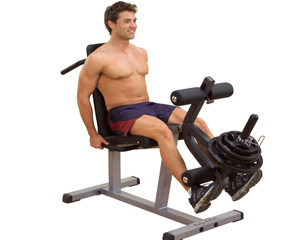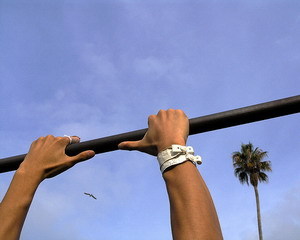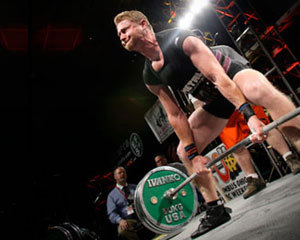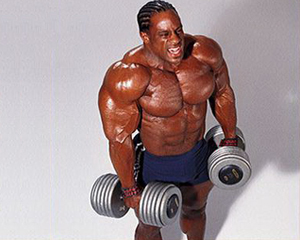SQUATS
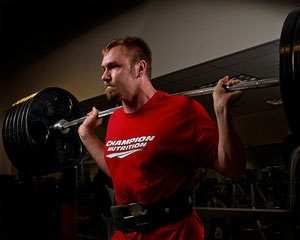 Squatting is one of the most important basic exercises in bodybuilding and powerlifting. Squats are often used as ancillary exercises in many sporting disciplines, as well as used as a general strengthening and rehabilitation exercise. Along with the deadline, squats give the greatest impetus to gain strength and muscle mass of the whole body.
Squatting is one of the most important basic exercises in bodybuilding and powerlifting. Squats are often used as ancillary exercises in many sporting disciplines, as well as used as a general strengthening and rehabilitation exercise. Along with the deadline, squats give the greatest impetus to gain strength and muscle mass of the whole body.
Being a multi-joint exercise, squats involve several muscle groups in the work. Of course, the main load falls on the muscles of the legs, but in addition to the legs, straightening the muscles of the back, abdominal muscles and buttocks also work.
Squats in combination with pullovers allow you to stretch the chest: make it wider, increase the volume and, accordingly, ventilation of the lungs. Performed technically correct squats strengthen hamstrings.
There are only two cases when squats are ineffective. First, it is easy to eliminate – the wrong technique, which is also a direct path to getting injured. The second is related to the physical characteristics: the squats are good for people with relatively short legs and a long body and much worse if the opposite is true. It so happens that due to the nature of your physique, the effect of squats is minimal. In this case, do not be upset and complain about fate – just take another alternative basic exercise.
Performance technique
Squats are heavy basic exercises, so mastering the techniques of implementation and strict adherence to safety rules is mandatory. The main danger that squatting promises is getting a back or knee injury due to non-observance of the technique, heavy weight squat without warm-up approaches or insufficient heating of the muscles before performing the exercise.
Technique of the exercise:
1. Sit under the bar, resting on the top of the trapezoid. Hold the bar with the grip on top, not pressing your palms to your shoulders. Remember: the narrower the grip, the better the control over the barbell.
2. Stand with the barbell on your back and step back. Now spread your legs shoulder-width apart. Feet – in line with the knees, without departing from the ground. Socks diluted by 45 degrees. The back is straight, the loin is slightly arched and tense, and so they the exercise. Before starting the movement, select a point on the wall at eye level and follow the approach all the time. This is the starting position for the exercise.
3. Start down. The knees should move in the same plane, and the heels should not lift off the ground. Reaching the lowest point, without making long pauses, start moving up to the starting position.
4. Observing the maximum concentration, perform the intended number of repetitions.
It is important to know:
Squat better in the athletic frame, where there is insurance, in case you do not master lifting with weight. In carrying out the approach, do not go far from the racks – after you have to put it back.
Breathe in on the movement down, exhale while moving up, after passing the “dead center”.
In heavy sets, squat with a weightlifting belt, it will protect your lower back from injury. Do not forget about elastic bandages for knees and wrists. When performing a squat with a serious weight or a one-time approach, wear special jumpsuits for squats.
The depth of the squats and the speed of movement at the initial stage must be chosen together with the trainer, then being experienced you will be able to experiment with the goal of choosing the optimal one for you.
Squat options
There are quite a few options for doing squats, we give a description of the main ones:
with a lower back barbell, the body is tilted forward. This option allows you to lift more weight.
squatting is not up to the end. This option allows you to load the quadriceps and not overstrain the knee joints.
with a barbell on the chest, with the elbows “looking” forward
with barbell behind the back at the level of the buttocks
Working muscles
Being a basic exercise, squats entice more than one muscle group into work, and with varying techniques, the load on different groups changes significantly.
The following muscle groups receive the greatest load:
quadriceps
hip muscles
gluteus muscles
straightening muscles
Alternative exercises
Bench press in the machine
Deadlift Trap Rods
Smith Squat

